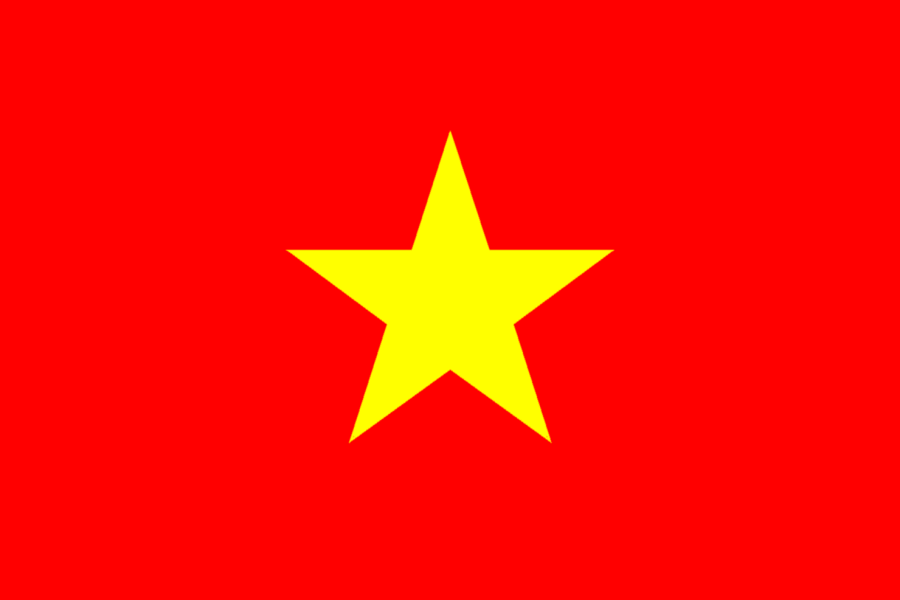The history of Vietnam begins with the founding of the dynastic states of the 10th Century, as Vietnam began to move away from the Chinese empire. These states would use the influence of the Chinese to direct the people into building a separate and unique Viet state. The Viet dynasties formed around the Red river valley, then known as Tonkin.(1) Using the fertile land to increase their population and wealth, the Tonkin dynasties began a slow, steady push southward along the coastline of the South China Sea. The area in central Vietnam was not a Viet state, rather it was ruled by an Indian influenced people and known as Champas.(2) In the South was Annam, and the Viet people there were pushing northward. Finally, in the 18th Century, the two Vietnamese kingdoms connected and united.(3)
Colonialism, however, was just around the corner. French influence entered the country in 1787, due to the military ambitions of a Vietnamese general.(4) After having gotten the most from the aid from France, the Vietnamese asked the French to leave. France was entranced by both the drive for empire and the need for resources that Indochina could provide; in 1858 there was war.(5) Vietnam came under French rule in 1863 and would remain under direction from France until 1941.
World War II saw the occupation of Vietnam by the Japanese, who were rapidly building their "Greater East-Asia Co-Prosperity Sphere". Vietnam suffered under the occupation like many nations, and future leader Ho Chi Minh trained with Maoist Chinese struggling against Japanese occupation there.(6) When the war was over, the newly founded Viet Minh opposed the return of control to France.
France attempted to reassert itís control over Indochina, but the disastrous battle of Diem Bien Phu cost the French military its support at home.(7) The country was split into two, a north and a south, and awaited elections to reunify the country. The elections never happened. Setting up a communist dominated government in Hanoi, Ho Chi Minh pronounced the Socialist Republic of Vietnam and soon afterward a democratic government was set up in the south at Saigon. When North Vietnam invaded, under the fear of the domino theory, the United States sent aid and finally troops to South Vietnam.(8) The civil war lasted from 1963 until 1975 when Saigon fell.
After the war, Vietnam sided with the U.S.S.R. in global politics. When the Chinese supported Khmer Rouge took power in neighboring Cambodia, Vietnam invaded.(9) This brought military action by the Chinese and, in an odd alignment, condemnation from the United States.(10) Following the collapse of the Soviet Union, Vietnam has pursued a policy of normalizing and having cordial relations with most nations of the world. This policy bore its greatest fruit when President Clinton resumed diplomatic ties with Hanoi in 1994.(11)
|
Country name (Long form): Socialist Republic of Vietnam Government type: Communist Parliament Capital: Hanoi Legal system: Communist legal theory, with elements of French civil law (Code Napoleon) Chief of State: Nguyen Minh Triet |
 |